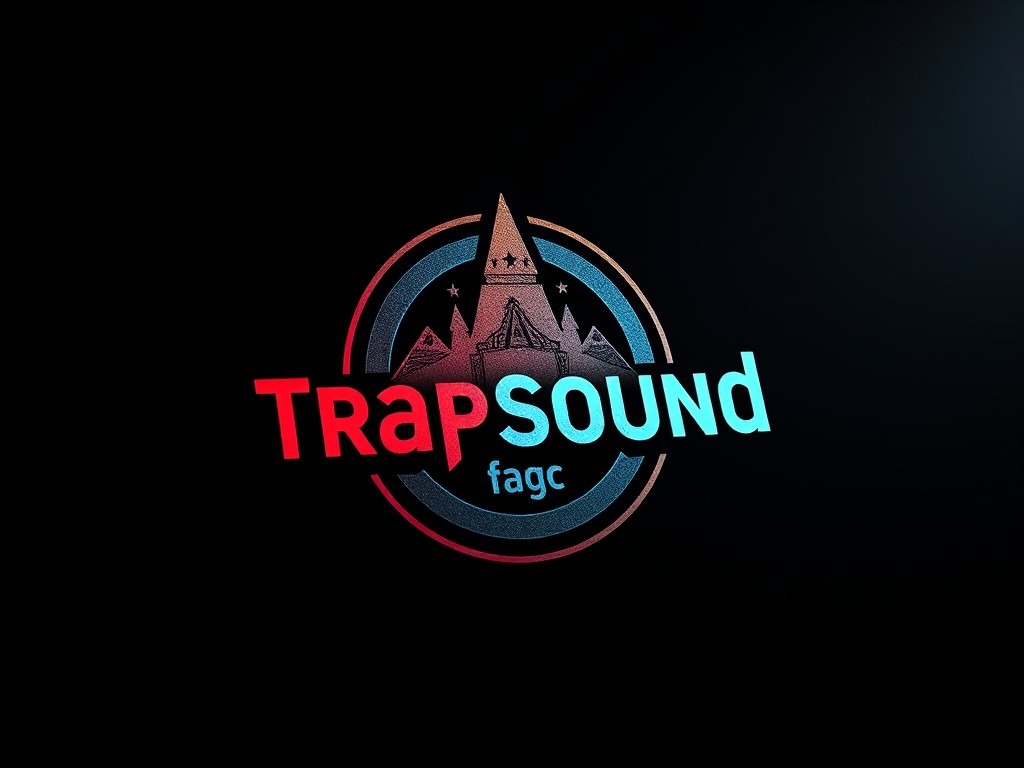Overview of 3D Printing in Jewelry
3D printing has revolutionised the jewelry industry by making design processes more efficient and accessible. Historically, jewelry artisans relied on labor-intensive techniques. However, the introduction of 3D printing introduced innovative methods into jewelry design technology. This shift allows designers to create complex shapes and intricate patterns that were once difficult to achieve.
The transformation in jewelry design is driven by key technologies such as CAD (Computer-Aided Design) and CAM (Computer-Aided Manufacturing). These tools streamline the design and production process, making it easier for artists to innovate and experiment. With 3D printing, prototypes can be quickly produced, allowing for rapid adjustments and customisation.
Have you seen this : Transforming Online Education: The Role of Virtual Reality in Enriching Learning at UK Universities
Adapting to these technological advancements is crucial for contemporary jewelry designers wishing to remain competitive. By embracing innovative methods, artisans can expand their creative boundaries and meet the evolving demands of consumers. 3D printing not only enhances design possibilities but also reduces production costs and time, which benefits both the creator and the consumer.
In conclusion, staying updated with jewelry design technology ensures that designers are at the forefront of this dynamic industry.
Also to read : Unlocking Business Potential: How UK Startups Can Leverage Crowdfunding to Validate Innovative Ideas
Case Studies of UK Designers
Exploring the work of UK jewellery designers reveals numerous success stories where creativity meets technology. This section will delve into the innovative uses of 3D printing by these designers and examine emerging trends and collaborative projects that highlight the resourceful spirit of the UK jewellery design scene.
Designer Spotlight: Innovative Uses of 3D Printing
Several notable UK designers have embraced 3D printing, turning the traditional jewellery craft on its head. For instance, by crafting intricate, custom designs that would be time-consuming and costly with conventional methods, these designers leverage 3D printing to achieve creative applications previously deemed impossible. This innovative approach has expanded the bounds of design, offering unique solutions tailored to individual customer needs.
Emerging Trends from UK Designers
The UK market showcases unique applications of 3D printing. From intricate lattice structures to eco-friendly materials, designers continually push the boundaries. These trends not only redefine aesthetics but also demonstrate the practical versatility and potential environmental benefits of this technology.
Collaborative Projects Highlighting 3D Printing
Collaborations between artists and technologists are increasingly common. Existing projects emphasize how art and technology can converge to create exceptional pieces, highlighting the seamless blend of artistic vision and technological prowess within the UK jewellery industry.
Benefits of 3D Printing for Designers
Designers today are increasingly turning to 3D printing for its numerous advantages, especially in the realms of customization, sustainability, and efficiency. At the forefront is the ability for personalized and unique designs, allowing designers to offer enhanced customization options that cater to specific clientele needs and preferences. This customization is not just a creative boon; it’s a business edge that can set designers apart in competitive markets.
Sustainability is another significant advantage. Traditional manufacturing methods often result in material wastage, but 3D printing minimizes this by using only the necessary amount of material, thereby promoting environmental sustainability. This reduction in material waste not only benefits the planet but also contributes to cost savings for businesses, making it a financially viable choice.
Efficiency in the design process is greatly improved through quicker prototyping and iterative design capabilities. Designers can rapidly create, test, and refine prototypes, speeding up the time it takes to bring new designs to market. This faster design process ensures that ideas can be evaluated and improved quickly, enhancing both productivity and innovation in design work.
Challenges Faced by Jewelry Designers
Despite its promise, 3D printing in jewelry design is not without its limitations. Many current machines struggle with intricate details, leaving precise elements distorted. Technical challenges abound, such as limitations in material choices which restrict designers to less heat-resistant metals and more standard materials, hindering creativity.
Technical Limitations of Current 3D Printing Technologies
It’s crucial to address the technical constraints impacting artistry. These devices often have high precision demands but lack the ability to produce refined results consistently. As a result, designers encounter limitations in achieving the fine details that traditional methods effortlessly render.
Market Competition and Adaptation
The market competition in jewelry design is fierce. To thrive, designers must constantly adapt and innovate. Even with traditional craftsmanship skills, being current with technology trends is essential. Adapting to market competition also entails recognizing and integrating wearable tech or personalized design trends, pushing the boundaries further.
Financial Considerations for Designers
Venturing into 3D printing implicates financial considerations, which primarily revolve around initial investment costs and ongoing maintenance expenses. While these costs can be burdensome, the long-term gains in prototyping efficiency and design innovation might offer significant benefits.
Future Trends in 3D Printed Jewelry
As the jewelry market evolves, technological advancements in 3D printing are expected to take center stage. Rapid improvements in precision and speed are on the horizon, paving the way for more complex and customised designs. Materials traditionally challenging to work with, such as precious metals, are becoming increasingly viable for 3D printing, promising an exciting array of future innovations.
Parallelly, shifts in consumer demand are crucial. Today’s buyers are gravitating towards customisable, sustainable options. This shift indicates a rise in demand for 3D-printed pieces that offer unique design trends and reduced environmental impact. As consumers become more eco-conscious, the allure of locally produced, personalised jewelry could reshape purchasing behaviours.
In the UK jewelry industry, 3D printing is poised to become a significant force. Its ability to democratise design means independent designers can compete on a larger scale, creating more diverse collections tailored to niche markets. As such, market shifts driven by this technology are likely to influence everything from production efficiency to supply chain logistics. Ultimately, embracing these trends could lead to a more innovative and resilient jewelry sector.
Visual Examples and Expert Insights
In this section, we delve into how visual storytelling enriches the understanding of 3D printing in jewelry design. We explore expert opinions and provide design inspiration through various lenses.
Infographics Showing Design Evolution
Infographics can dramatically illustrate the transformative impact that 3D printing has on design aesthetics. By breaking down complex processes into understandable visuals, these graphics effectively communicate the nuances of design evolution. As a jewel designer, this type of visual storytelling can serve as a powerful tool in conveying intricate ideas, showcasing how traditional methods contrast with modern techniques.
Expert Interviews with Industry Leaders
Hearing from top professionals provides invaluable expert opinions. We feature insights from seasoned industry leaders who discuss the future trajectory of jewelry design, emphasizing the transformative potential of 3D printing. These interviews not only provide design inspiration but also validate the impact of this innovative technology on the industry.
Visual Case Studies of Successful Designs
Visual case studies spotlight exemplary works, demonstrating how 3D printing revolutionizes design methodology. These examples underscore how designers embrace new capabilities, creating pieces that were previously unachievable or too complex. Through this visual storytelling approach, we reinforce the tangible benefits and exciting possibilities of integrating 3D printing into jewelry manufacturing.











